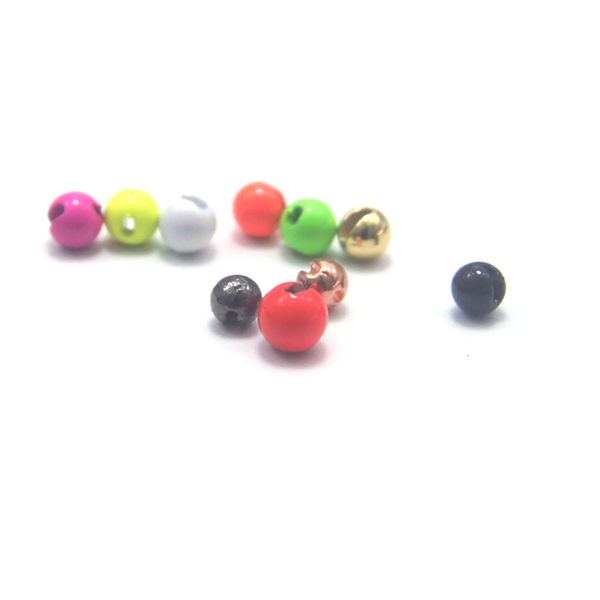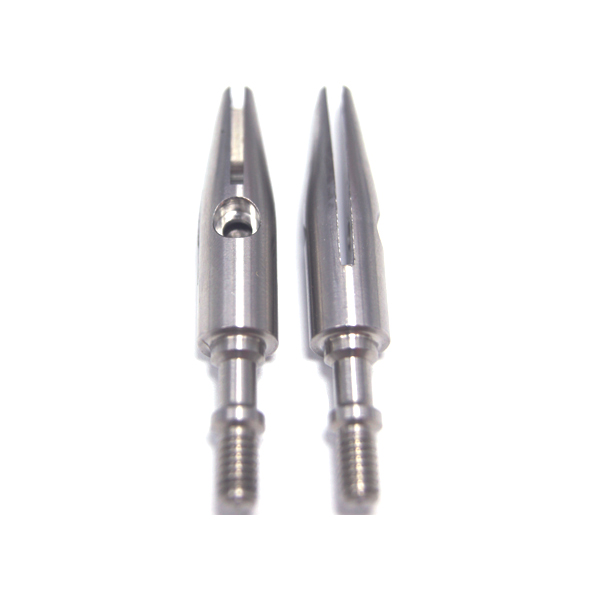When it comes to international travel essentials—the best neck pillow for a red-eye flight, all that head-scratching paperwork, the list goes on—we don’t talk about electronic adapters nearly enough. For some reason, it’s often the last thing to cross our minds when compiling a packing list, despite the fact that communicating with the rest of the world could very well be impossible without them (though in some cases, that could be a good thing).
Yet if you Google your destination’s plug type, you’ll often find the results aren’t very clear. The difference between Type M and N, for instance? Who knows. Then there are those universal adapters that claim to support 150 countries, but never really do. On a recent trip to South Africa, for example, I learned the hard way that the country actually supports three different plug types. I ended up having to buy two adapters—US to EU and EU to Type M—to form a composite adapter. And that sucker was as big as a brick. Tungsten Fishing Weights Bulk

Don’t let this be you. To make sure you’ve got all your plugs covered and then some, we compiled a list of every type, as well as some helpful information for navigating all kinds of electricity situations overseas.
Similar to the divide between the metric and imperial systems, the origin of national plug types is closely entwined with both advancements in technology and politics. In the 1880s, when American inventors like Thomas Edison and Nikola Tesla built the world’s first modern electrical grid, they established 110 volts as the standard—the perfect amount to power indoor lights. But when other countries began to build their own grids—and needed to account for appliances beyond lights—they started to make improvements on the American design. The Europeans, for example, found that operating at 220 to 230 volts was the most cost-effective, providing more energy with less copper wiring.
In 1986, the International Electrotechnical Commission (IEC) tried to get everyone to settle on type N as the universal plug, but only Brazil followed through—and they didn’t even fully implement them until 2007. After all, it would mean spending a whole lot of time, effort, and money replacing outlets, re-modeling buildings, and manufacturing new appliances. So, ultimately, the onus is on us now.
It’s always a good idea to do your research and purchase the specific adapter you’ll need prior to your trip. Airports tend to mainly supply universal adapters (see above), and they almost always cost double the price. Thankfully you can easily search for individual plug adapters online or in-store at places like Amazon or Best Buy. Not only is there a greater chance you’ll score the correct plug type, but you’ll also be able to choose the “grounded version,” a term used to describe a three-pronged design that prevents dangerous electric shocks by sending any extra power directly into the ground.
If you rather not amass a collection of individual plugs, you can opt for a universal adapter, but just know there’s a chance your country might not be accounted for—countries like that abide by their own rules like South Africa, Brazil, and India, for example, tend to be a toss-up. They’re also rarely grounded and, not to mention, extra bulky.
And if it’s the night before your trip and you can’t seem to find the right adapter anywhere—we’ve all been there—don’t sweat it: Many hotels, airplanes, and charging stations are equipped with USB ports these days, so you’ll be able to charge basic devices like cell phones, tablets, smart watches, and wireless headphones without needing a plug.
The purpose of an adapter is to transform the plug already affixed to your electronic device into one that can fit into foreign sockets. Converters, on the other hand, alter the voltage of an outlet to match that of your device. The United States operates on 110 to 120 volts of electricity, while other countries, like France, might operate on a voltage of 230. If you plug a 110-volt hair dryer into a 230-volt socket, for example, the difference in voltage can cause the appliance to short circuit.
To figure out whether or not you need a converter, check to see if your device is labeled as dual- or multi-voltage (this will be indicated by a range of printed numbers, i.e. 110-220V, 100-240V). If your desination’s voltage falls within this range, you don’t need a converter. These days, most laptops, kindles, and smartphones are dual-voltage, but it’s always a good idea to double check.
Used in the US, Canada, Mexico, and Japan (ungrounded); marked by two flat pins, side-by-side.
Used in the US, Canada, and Mexico (grounded); marked by two flat pins, side-by-side, with a third rounded pin centered below.
Used in parts of Europe, South America, and Asia (ungrounded); marked by two rounded pins, side-by-side.
Used in India, Bangladesh, the Maldives, Nepal, and Pakistan (grounded); marked by one thick rounded pin and two smaller rounded pins arranged in a triangle.
Used in France, Belgium, Poland, Slovakia, and Czech Republic (grounded); marked by two rounded pins, side-by-side, with a grounding clip at the top.
Used in most of Europe (excluding UK or Ireland) and Russia (grounded); marked by two rounded pins, side-by-side, with two grounding clips above and below.
Used in the UK, Ireland, Malta, Malaysia, and Singapore (grounded); marked by three rectangular pins arranged in a triangle.
Used in Israel and the Occupied Palestinian Territory (grounded); marked by three rounded pins arranged in an upside-down triangle.
Used in Australia, New Zealand, Papua New Guinea, China, and Argentina (grounded and ungrounded); marked by two or three flat pins arranged at an angle.
Used in Switzerland and Lichtenstein (grounded); marked by three rounded pins arranged in a condensed, upside-down triangle.
Used in Denmark and Greenland use type K (grounded); marked by two rounded pins, side-by-side, with a semi-rounded pin below.
Used in Italy and Chile (grounded); marked by three rounded pins arranged horizontally.
Used in parts of South Africa (grounded); marked by three large rounded pins arranged in a triangle.
Used in parts of South Africa and Brazil (grounded); marked by three rounded pins arranged in a narrow triangle.
Used in Thailand (grounded); marked by one longer rounded pin and two shorter rounded pins arranged in a triangle.

Rain Drop Want more Thrillist? Follow us on Instagram, TikTok, Twitter, Facebook, Pinterest, and YouTube.